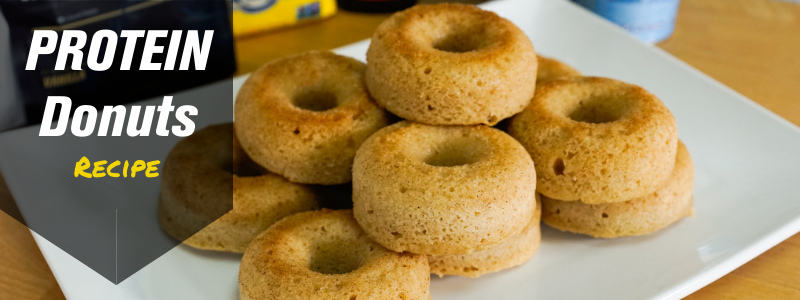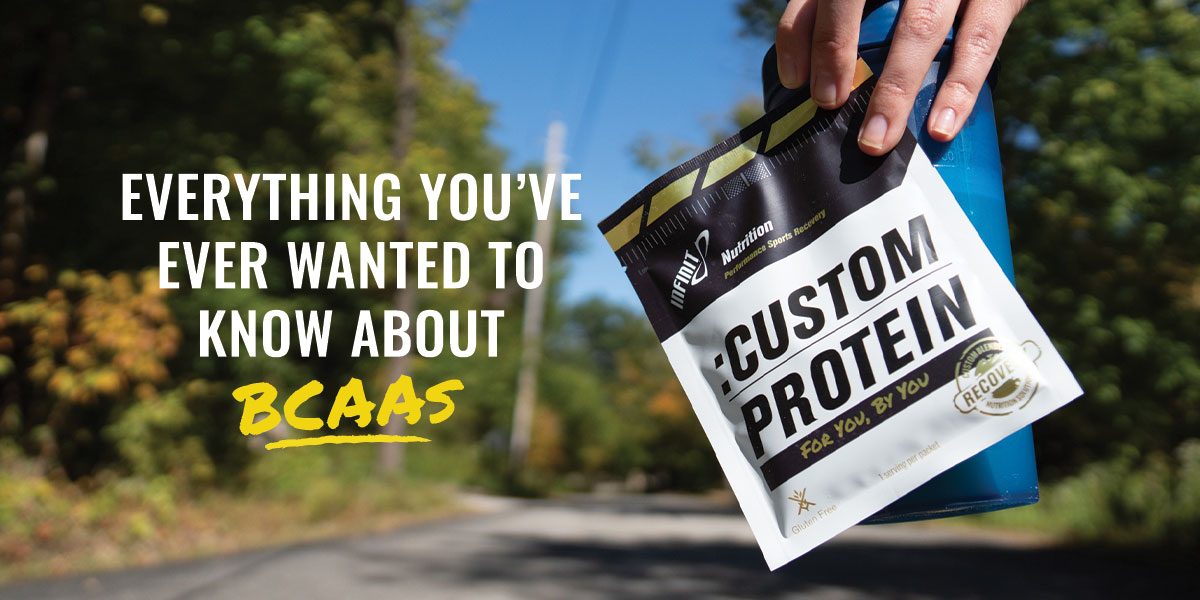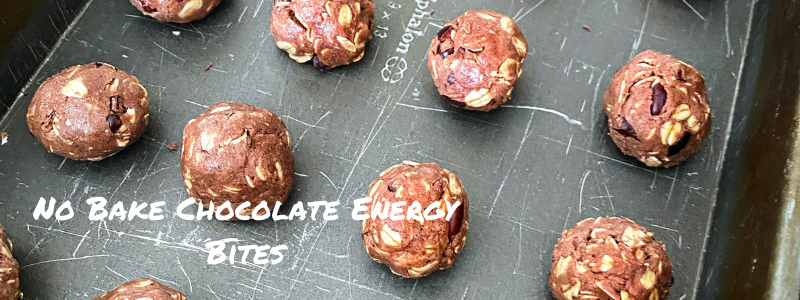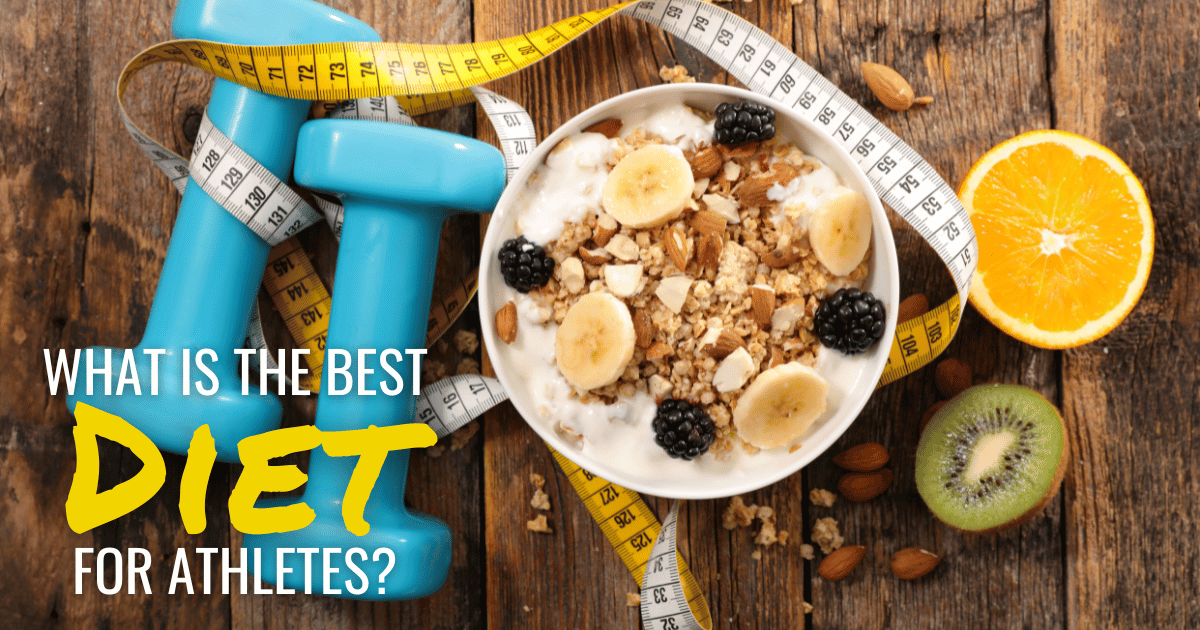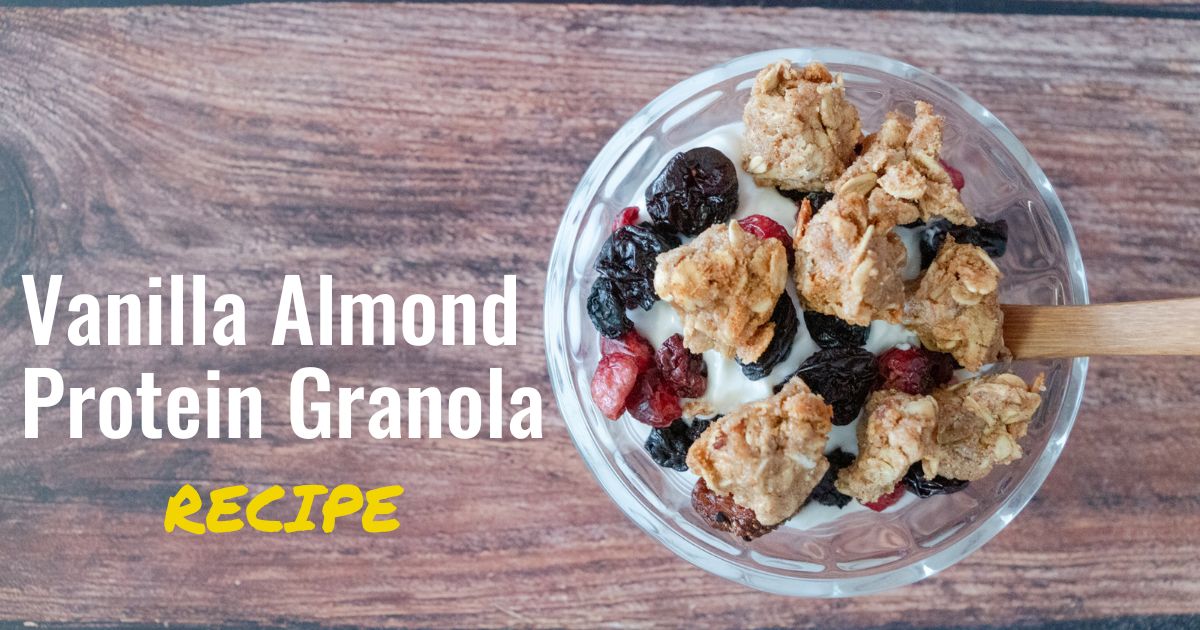Coffee Facts for Athletes
- Jun 21, 2021
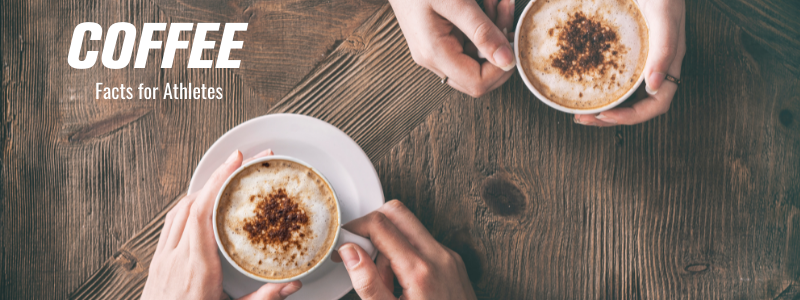
French Press, espresso, pour over, cappuccino, aero-press, cold brew, macchiato, latte, and the list goes on. There’s no doubt there are more than a few ways to make and enjoy your coffee. And you’d be hard pressed (bad pun) to find an athlete who doesn't enjoy starting off the day with a good cup of joe.
Coffee is one of the most popular drinks in the world and athletes have long been linked with consuming copious amounts of coffee. Before we talk about how coffee can benefit performance AND your overall health, let’s take a look at a few fun facts about coffee.

10 Fun Facts about Coffee
- Coffee dates back to the 800’s in Ethiopia when it is said that a goat herder named Kaldi noticed his goats had an increase in energy after eating coffee cherries.
- Finland (along with the other Scandinavian countries Norway and Sweden) win the award for most coffee consumed per person in the world. And Europeans as a whole drink a lot more coffee per person than Americans.
- Coffee is grown in the “Coffee Belt” which is primarily made-up of tropical regions including Mexico, central and south America, much of Africa, and Indonesia.
- Brazil produces the most coffee in the world.
- Hawaii is the only state in the US that produces coffee on a large scale (there has recently been a small amount of coffee being grown in California but as you can see, it is not in the “coffee belt”).
- A single cup of coffee from California sold for $18 a couple of years ago.
- Ask 10 people what their favorite coffee is and you might get 10 different answers. But there’s no surprise that Dunkin Donuts and Starbucks were recently voted as the most popular coffees in America (Eat This, Not That).
- As of May 2020, CoffeeBeaned.com had over 2400 unique coffee roasters/shops in the US alone listed on its website.
- Coffee beans are actually seeds from the coffee cherry which can technically be classified as a fruit.
- Almost 2 out of 3 Americans over the age of 18 drink coffee every day.
- Light roast coffee actually has MORE caffeine than a dark roast coffee such as a French Roast or Italian Roast. Most people think since dark roast coffee tastes stronger that it has more caffeine. But the high temperatures used in these very dark roasted coffees, can actually result in a lower caffeine content.
Cyclists and triathletes have been known to incorporate a coffee shop stop for a mid-ride pick-me-up. Crossfit athletes and other gym-goers have also been known to pre-load with a cup of coffee, or even have a thermos by their side during their early morning strength session.
So what’s all of the hype about when it comes to coffee? Is it just something we simply enjoy because of the flavor, aroma, or it’s energizing effects? Or is there something more behind the bean that really impacts athletic performance?
Caffeine is the Crux
The potential performance benefits of coffee come from naturally occurring caffeine found in the coffee bean.
A typical 8 ounce cup of coffee is usually said to be about 100 mg of caffeine. This can really vary widely though depending on how strong the coffee is brewed. For example 8 oz of McDonalds coffee has about 73 mg of caffeine whereas Starbucks is said to have between 130 mg (dark roast) to 180 mg (blonde/light roast) per 8 oz - that’s up to 100 mg MORE than McDonalds and just goes to show much it can vary.
Other forms of coffee such as espresso, typically have less caffeine but also contain less water and are typically stronger. A typical shot of espresso from many of the major coffee shops in the US are usually around 75 mg each. A small Nespresso (or similar) espresso capsule will contain between 55 - 85 mg each.

Types of Coffee
There are actually two different types or species of coffee: Coffea Arabica (often just referred to as “Arabica”), and Coffea Canephora more commonly referred to as “Robusta”.
Arabica coffee tends to be higher quality with the ability to take on unique flavor profiles depending on where the coffee is grown. Robusta coffee is commonly found in instant coffee, some espressos, as well some larger commercial coffee products such as Foldgers and Maxwell House. Typically if the ingredients just say “coffee” then there is a good chance it could be Robusta where as if it’s Arabica coffee, it will usually say “Arabica Coffee” somewhere on the package.
Robusta coffee is generally cheaper, however, it does contain more caffeine than Arabica coffee.
Methods of Preparation
In the US, the most common method for brewing is the “drip” method through a normal coffee pot. Other popular methods include the French Press where coarse ground beans are used and allowed to brew with water before “plunging” the grounds to the bottom, leaving you with a strong, flavorful cup of coffee.
The Pour Over is another more artisanal option. This method involves a cone shaped apparatus and filter placed directly above the cup. To brew, you slowly pour hot water over the medium to fine ground beans, allowing the brewed coffee to drip right into your cup.
In Europe, it’s all about the capuchinos, espressos, and americanos. They don’t do much “brewed” coffee in Europe like we do here in the States.

The Performance Perks
Caffeine can improve performance in a number of different ways and may vary depending on the type of activity.
1. Improved Mental Alertness
No matter what type of athlete you are or what activity you might do, caffeine can give you that mental focus to keep pushing and stay focused.
- This heightened alertness can be helpful on long multiple hour events where the mind can start to wonder.
- The extra focus can also help you push through that last rep during strength training workouts.
- While mountain biking or trail running, mental alertness is key to keeping your eyes on the trail ahead so you stay upright and avoid injury.
- During very long ultra-endurance events that are 24 hours or longer (e.g. ultra marathons, adventure races), caffeine’s stimulant effects can literally help keep the competitor awake and block the sensation of tiredness and fatigue.
2. Reduce Perceived Effort
Caffeine can make you feel like you are not working as hard, allowing you to push yourself harder during endurance activity. This has been studied multiple times dating back to initial studies in the late 1970’s with younger adults (Costil), repeated in 2005 with older adults (Norager), and reviewed by Sports Dietitian Louis Burke in 2008 confirming strong evidence for caffeine to improve performance due to a reduced RPE (rating of perceived effort). [would love to expand on these points just a smidge more - maybe citing a research study?]
A study published in 2013 in the European Journal of Applied Physiology showed a lower RPE during a 30 minute constant load cycling session. They looked at overall RPE as well RPE for breathing and legs and on numerous occasions during as well as at the end of the 30 minutes, RPE was lower in the caffeinated group.
3. Enhanced Contractile Force and Increased Calcium Availability in the Muscle
A 2009 article by Mark Tarnopolsky looked at the direct effects of caffeine on the muscle itself as opposed to the central nervous system (CNS) which contributes to the positive effects of caffeine on mental alertness and reducing RPE.
“Together, these studies suggest that caffeine can enhance contractile force during submaximal contractions by potentiating calcium release from the ryanodine receptor, not by altering sarcoplasmic excitability.” (Tarnopolsky 2009)
4. Increased Fat Metabolism?
Early studies (Costil 1979, Ivy 1979, and Spriet 1992) suggested that caffeine increased fat burning which may act as an additional fuel source in longer sustained endurance activity, sparing muscle glycogen to be used later on in the workout or race. The levels of caffeine were moderate to high at 6-9 mg/kg of body weight (409 - 614 mg for a 150 pound individual).
More recent studies from the 90's and 200’s have suggested that this may not in fact be the reason for caffeine’s beneficial effects on endurance performance and that the above mentioned factors will have a greater effect on caffeine’s benefit on performance.

More isn’t always better
When it comes to coffee and caffeine, more isn’t always better.
Your body can build up a tolerance to caffeine which can reduce the physiological effects that can improve performance. Generally speaking, those that consume less caffeine on a day to day basis (little to none), will likely need less caffeine to get the positive effects, whereas someone who regularly drinks multiple cups of coffee, may require a little more to get those same effects.
2-5 mg/kg (milligrams per kilogram of body weight) of caffeine has been shown to be the amount needed to promote a positive, beneficial response. For the 150 pound individual, that is going to be about 136 - 341 mg total) which would be about 1-4 cups of coffee depending on how strongly it’s brewed.
You can consume this entire amount immediately prior to activity (15-60 minutes before) OR you can split it up and consume approximately half of the caffeine prior to starting and then continue with additional caffeine during training and racing, as is often common with long endurance events.
“Non-Responders”
It’s worth noting that there may be some individuals that don’t get these benefits from caffeine. They are often referred to as “non-responders” and it has to do with certain genetics that result in these individuals not getting the same traditional effects of caffeine that most people get.
And while some don’t respond at all to caffeine, others are much more sensitive to the effects of caffeine. Individuals that are sensitive to caffeine often experience more of the negative side effects such as jitteriness, rapid heart rate, and insomnia or the inability to fall asleep. Those that are sensitive to caffeine, will want to minimize their total caffeine intake to avoid the unwanted side-effects.
As we get older, caffeine can have longer processing times, making some individuals become more sensitive to the effects of caffeine as they age.

But Wait. Doesn’t Coffee Dehydrate You??
Caffeine is sometimes thought to be a diuretic by many, meaning that it causes you to lose and eliminate body water leading to dehydration. However, this is likely not the case most of the time. Particularly with coffee and other caffeinated drinks, the fact that you are consuming fluid along with caffeine typically negates any diuretic effects.
There may be some diuretic effects in certain cases:
- When high doses of caffeine are consumed
- When a higher dose of caffeine is consumed without fluid (e.g. a caffeine pill with minimal water)
- For individuals that are not accustomed to caffeine that consumed moderate to higher dose
Caffeine Metabolism
It only takes about 45 minutes for caffeine to fully get in your system. So it’s a good idea to time your intake appropriately, especially if you are looking for the maximum performance benefit prior to a workout or competition.
Although it gets in your system fast, caffeine lingers around in your body for several hours after consumption. On average, the half-life of caffeine is 3-7 hours. This means that half of the amount consumed is still present after this time. So if you consumed 200 mg at 6:00 am before your morning workout, you will still have 100 mg in your system between 9:00 am and 1:00 pm.
For those that find they struggle to sleep after an afternoon cup of coffee, it’s very possible that the caffeine is still in their system as they are trying to wind down and fall asleep.
Health Benefits
Not only are there numerous performance benefits of coffee, there are many health benefits of regular coffee consumption too! Many of these health benefits come from the antioxidants known as polyphenols that are naturally occuring in coffee.
- Longevity - Coffee drinkers have an increased life expectancy (lower ALL cause mortality) and are less likely to die from some of the leading causes of death such as heart disease, diabetes, stroke, and kidney disease.
- Reduced risk of type 2 diabetes - coffee drinkers may process sugar better than non coffee drinker.
- Promotes Heart Health - one to two cups per day has been linked with a reduced risk of developing heart failure and those that enjoyed three to five cups per day had a lower risk of heart disease.
- Less likely to develop Parkinson’s and for those that already have Parkinson’s, coffee may help them have better control of their movement
- Better functioning liver - both regular and decaf coffee have been linked with improved liver health with liver enzymes in the optimal range over non-coffee drinkers.
- Stronger DNA - dark roast coffee can decrease DNA strands from breaking which can lead to cancer or tumors if not repaired by the cells.
- Reduced risk of colon cancer - regular coffee consumption can drastically reduce the risk of colon cancer by up to 26 percent
- Reduced risk of Alzeihmers and Dementia - a study found that women over 65 who drank 2-3 cups of coffee per day had a reduced risk of dementia.
- Lower risk of stroke for women - drinking at least one cup of coffee per day could lower the risk of stroke
- Reduce risk of Melanoma - Those that drank four or more cups of caffeinated coffee per day had a 20% lower risk of Melanoma.
INFINIT COFFEE BLENDS
INFINIT has two cafe-inspired protein coffee drink mixes that satisfy even the pickiest coffee drinkers.
JAVI Instant Protein Latte
Javi is a nourishing blend of whey protein, coffee, and ground flax seed that's designed to mix with milk to create a frothy and delicious protein latte.
It's the perfect pre-workout with a nice mix of carbs to fuel the muscles and protein to keep you from getting hungry. It can also be used as a post workout recovery drink. The carb-to-protein ratio is about 2:1 depending on what exactly you mix it with, making it a nice option to refuel and help the muscles recover after any type of workout. Use 2 scoops for an extra boost of protein.
Javi can also be mixed up as a meal replacement, or as an alternative to your coffee shop stops for a lower-caffeine, protein-boosted pick-me-up.
COLD BREW Instant Protein Coffee
Cold Brew protein coffee contains just a few simple ingredients including premium grass-fed whey protein isolate, organic coffee from Mexico, and a touch of cream and sweetness from real cane sugar. INFINIT’s Cold Brew can be mixed with water for an easy on-the-go coffee, whether you’re on the trails hiking, on-the-go traveling, or just need something easy to mix up for a boost before your morning workout.
About the Author
Colin is INFINIT Nutrition’s head formulation specialist, a Registered Dietitian/Nutritionist and Certified Specialist in Sports Dietetics (CSSD) with a Master’s Degree in Sports Nutrition, a USA Triathlon Level 1 Coach, as well as a professional triathlete, triathlon guide for visually impaired/blind athletes, and Boston Marathon qualifier. Colin has competed in sports all his life and has been competing in triathlons and running races since 2005.
Resources:
- “21 Surprising Coffee Facts That Will Perk Up Your Afternoon” https://www.goodhousekeeping.com/health/diet-nutrition/a30303/facts-about-coffee/
- Burke, L. “Caffeine and Sports Performance” https://pubmed.ncbi.nlm.nih.gov/19088794/
- John’s Hopkins Medicine “9 Reasons Why (the right amount) of Coffee is Good for You” https://www.hopkinsmedicine.org/health/wellness-and-prevention/9-reasons-why-the-right-amount-of-coffee-is-good-for-you
- L G Killen “Effects of caffeine on session ratings of perceived exertion” https://pubmed.ncbi.nlm.nih.gov/22926324/#:~:text=Caffeine%20resulted%20in%20a%20significantly,(20%20and%2030%20min).
- Rush “Health Benefits of Coffee” https://www.rush.edu/health-wellness/discover-health/health-benefits-coffee
- Southward, Kyle “The Effect of Acute Caffeine Ingestion on Endurance Performance: A Systematic Review and Meta-Analysis” https://pubmed.ncbi.nlm.nih.gov/29876876/
- Spriet, Lawrence “Exercise and Sport Performance with Low Doses of Caffeine” https://www.ncbi.nlm.nih.gov/pmc/articles/PMC4213371/
- Tarnopolsky “Effect of caffeine on the neuromuscular system — potential as an ergogenic aid” https://cdnsciencepub.com/doi/10.1139/H08-121
- “The 8 Most Popular Packaged Coffee Brands in America” https://www.eatthis.com/most-popular-packaged-coffee-brands/
- “This History of Coffee” https://www.ncausa.org/about-coffee/history-of-coffee


